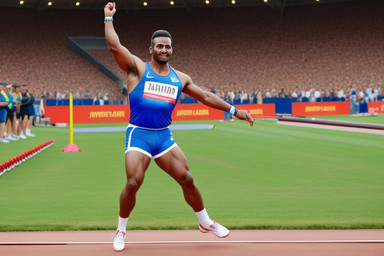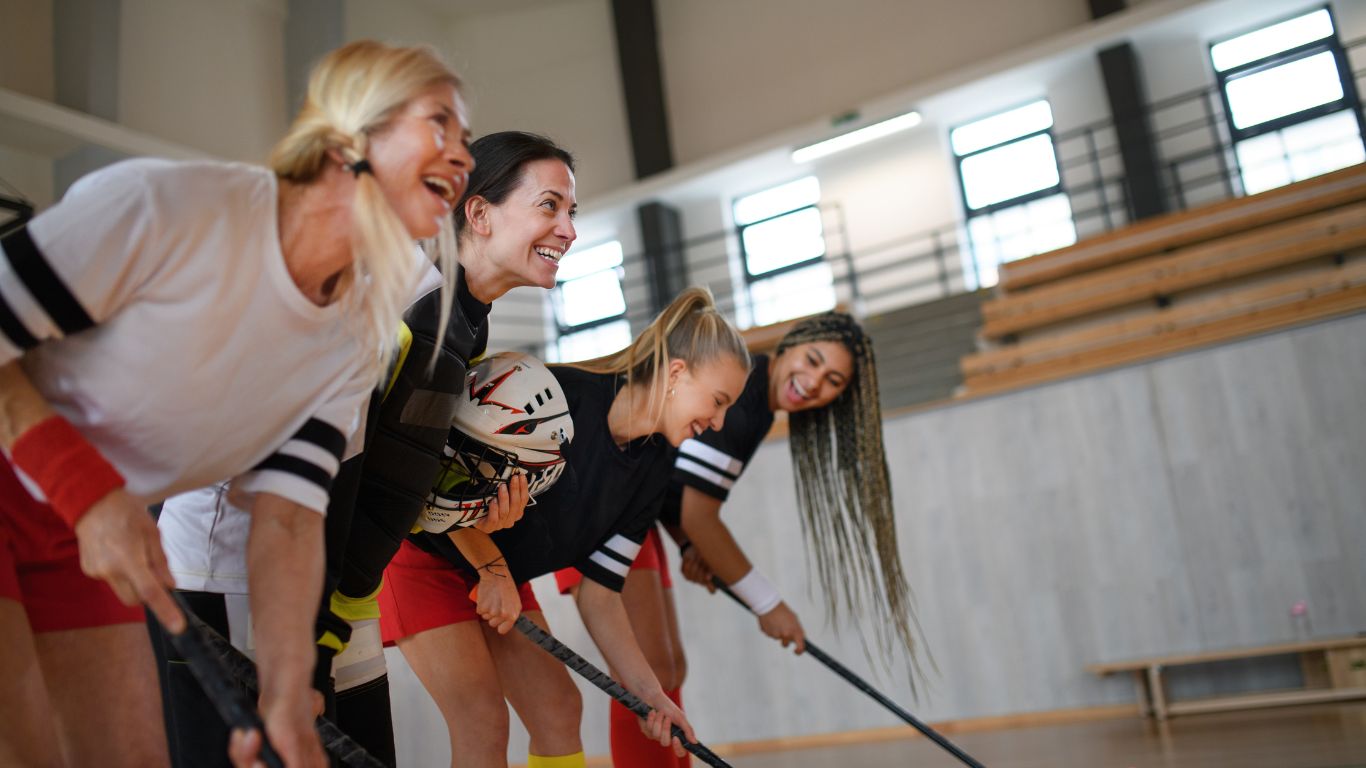The javelin throw, a test of strength, precision, and technique, has fascinated sports enthusiasts for decades. It showcases the harmonious blend of athleticism and skill, evolving significantly since its inception in the ancient Olympic Games. The track and field event involves throwing a spear-like implement as far as possible, with world records as benchmarks of human potential.
History of the Javelin Throw Event
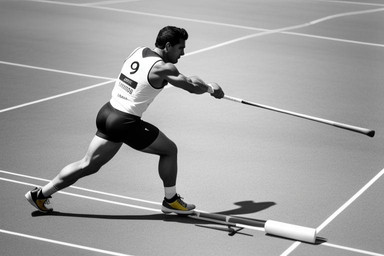
The javelin throw has a rich history, dating back to ancient Greece, where it was part of the pentathlon. Modern javelin throw competitions began around the early 20th century, with a transition in javelin design and throwing techniques contributing to the event’s evolution. Over the years, athletes have continued to push the boundaries, setting new records with remarkable throws.
Critical Techniques for Successful Throws
Successful javelin throwing requires a combination of speed, strength, and technique. Key elements include:
- Grip and Position: Holding the javelin correctly to ensure maximum control.
- Run-Up: Building momentum with a controlled sprint, leading into a powerful throw.
- Release: Launching the javelin with optimal angle and velocity for maximum distance.
Notable Javelin Throw Athletes in History
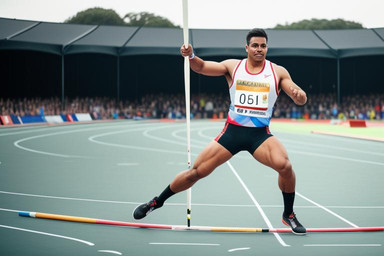
Throughout history, several athletes have left an indelible mark on the javelin throw:
- Uwe Hohn, a German thrower, set a record of 104.80 meters in 1984 with the old javelin design.
- Steve Backley (UK) and Andreas Thorkildsen (Norway) contributed significantly to the sport, with multiple wins and records.
Current World Record Holder and Performance
The current world record for the men’s javelin throw stands at an impressive 98.48 meters, set by Czech athlete Jan Železný. This record-breaking throw occurred on May 25, 1996, during a competition in Jena, Germany. This monumental achievement contributed to favorable weather conditions and Železný’s exceptional skill and experience.
Jan Železný’s career is adorned with remarkable feats, including three Olympic gold medals and several World Championship titles, solidifying his status as one of the greatest javelin throwers in history.
Analysis of Record-Breaking Throws
Železný’s record throw in 1996 marked a substantial improvement over previous records, showcasing the advancements in training techniques and equipment design. The throw exemplified precision, power, and execution, setting a standard yet to be surpassed.
Impact of Weather and Conditions on Throws
Weather conditions play a crucial role in javelin throwing. Wind, temperature, and humidity can all impact the distance achieved. During Železný’s record-setting throw in Jena, the favorable weather provided optimal conditions for a lengthy flight.
Training Regimens for Aspiring Athletes
Through rigorous training, aspiring javelin throwers focus on developing strength, speed, and technique. These programs often include weight training, sprinting, and throwing drills to build the necessary skills for success.
Future Trends in Javelin Throwing Techniques
Innovations in javelin technology and coaching strategies continue to evolve, paving the way for future record-breaking performances. Athletes and coaches are exploring biomechanics and advanced analytics to refine techniques and improve results.
FAQs
What is the weapon throw?
The javelin throw is a track and field event where athletes throw a spear-like implement as far as possible, showcasing strength, speed, and technique.
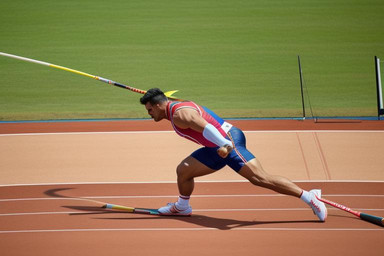
What are the critical components of a successful throw?
Successful javelin throwing involves:
- Proper grip.
- An effective run-up to generate momentum.
- An optimal release angle for maximum distance.
Who is the current world record holder for the javelin throw?
Currently, the world record for the men’s javelin throw is held by Jan Železný of the Czech Republic, with a distance of 98.48 meters, set on May 25, 1996.
How does weather affect javelin throwing?
Weather conditions such as wind, temperature, and humidity can significantly impact the distance a weapon can be thrown, making favorable conditions essential for achieving record performances.
What training should aspiring javelin throwers focus on?
Aspiring athletes should concentrate on strength training, sprinting, and specific throwing drills to build the necessary skills and endurance for successful javelin throwing.
Conclusion: Significance of World Records
World records in javelin throwing symbolize the pinnacle of human achievement, pushing the boundaries of what is possible in the sport. Jan Železný’s world record of 98.48 meters remains a testament to excellence, inspiring athletes worldwide to aim higher and reimagine what’s attainable in the realm of javelin throwing.






